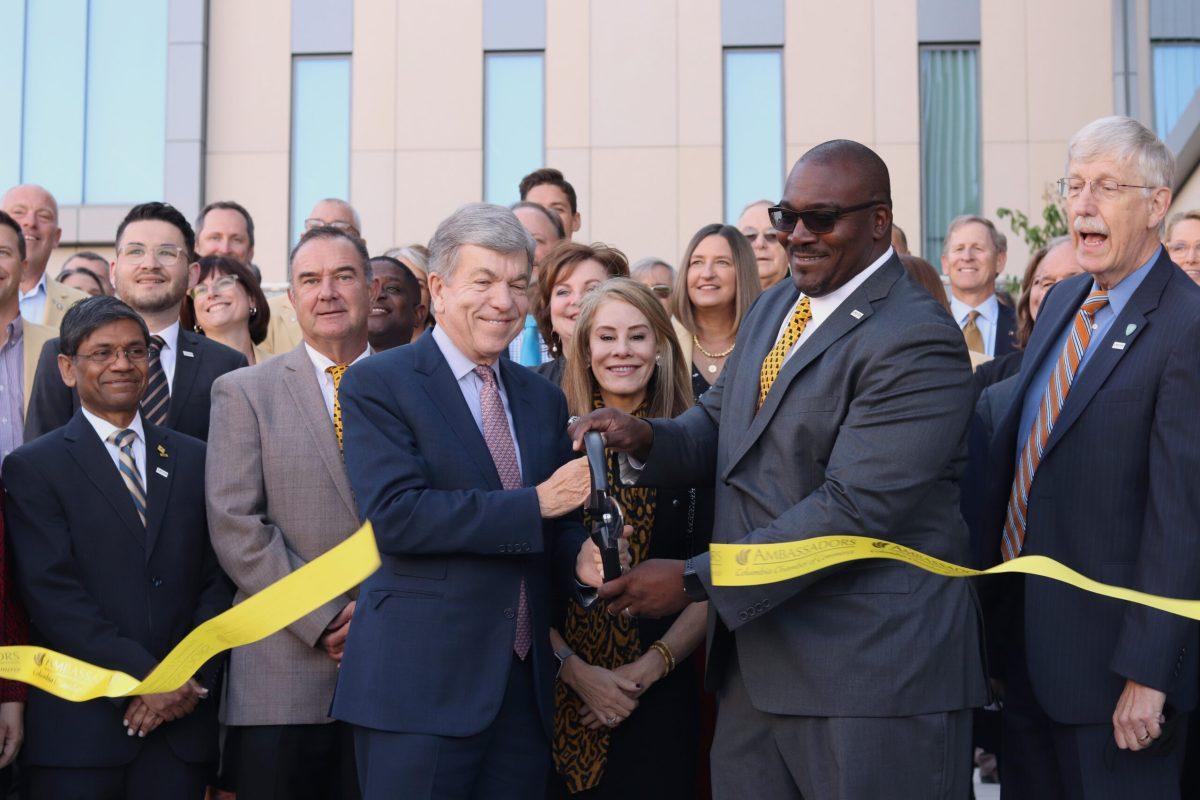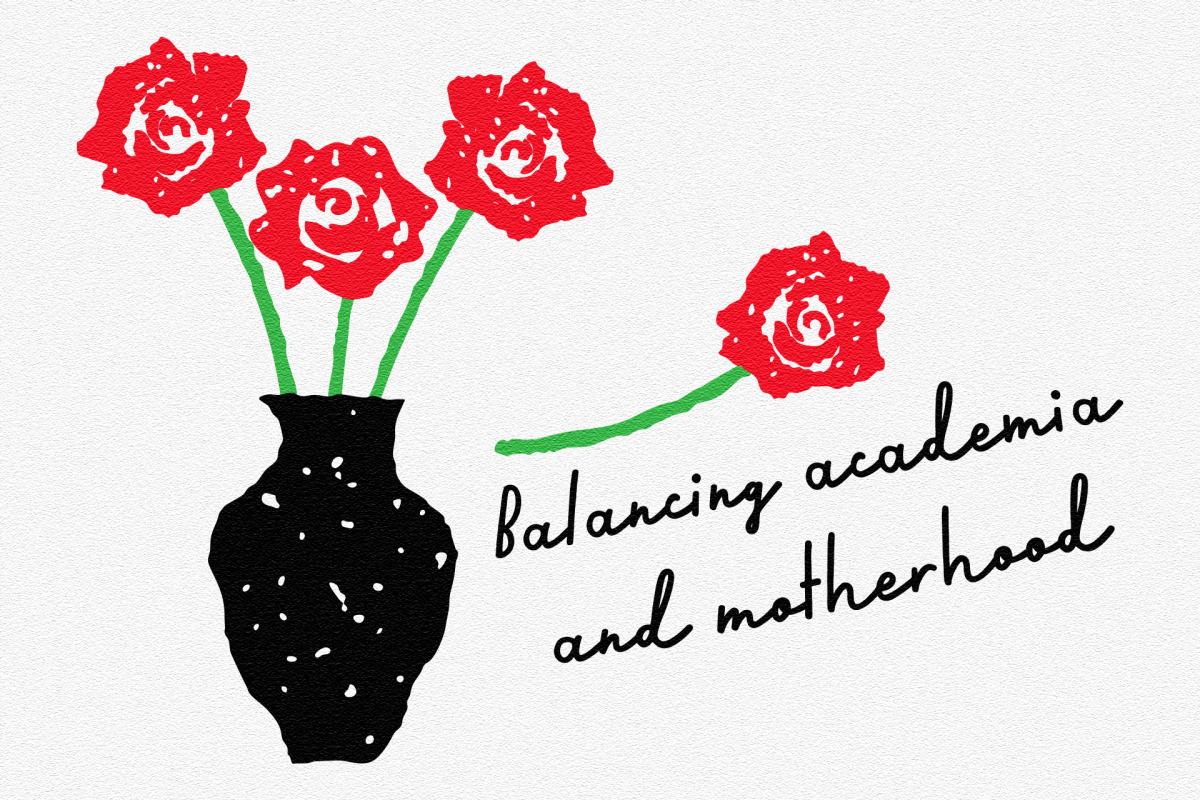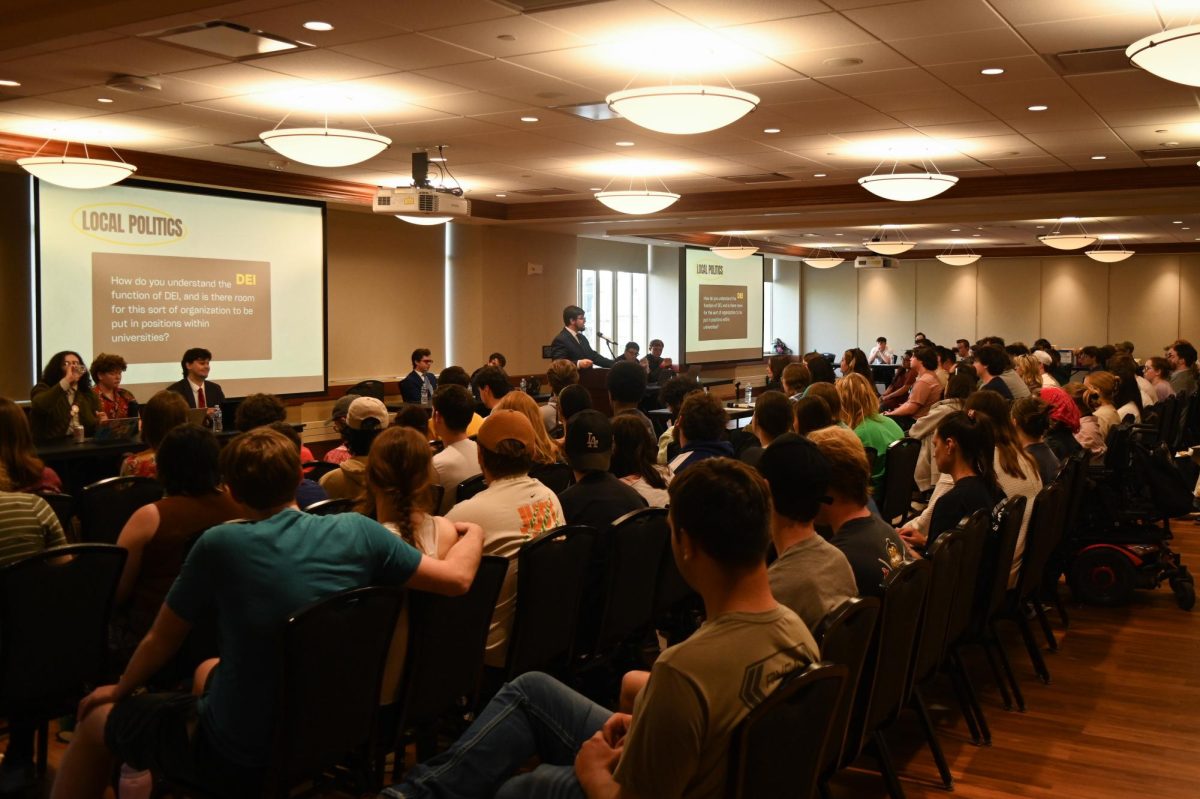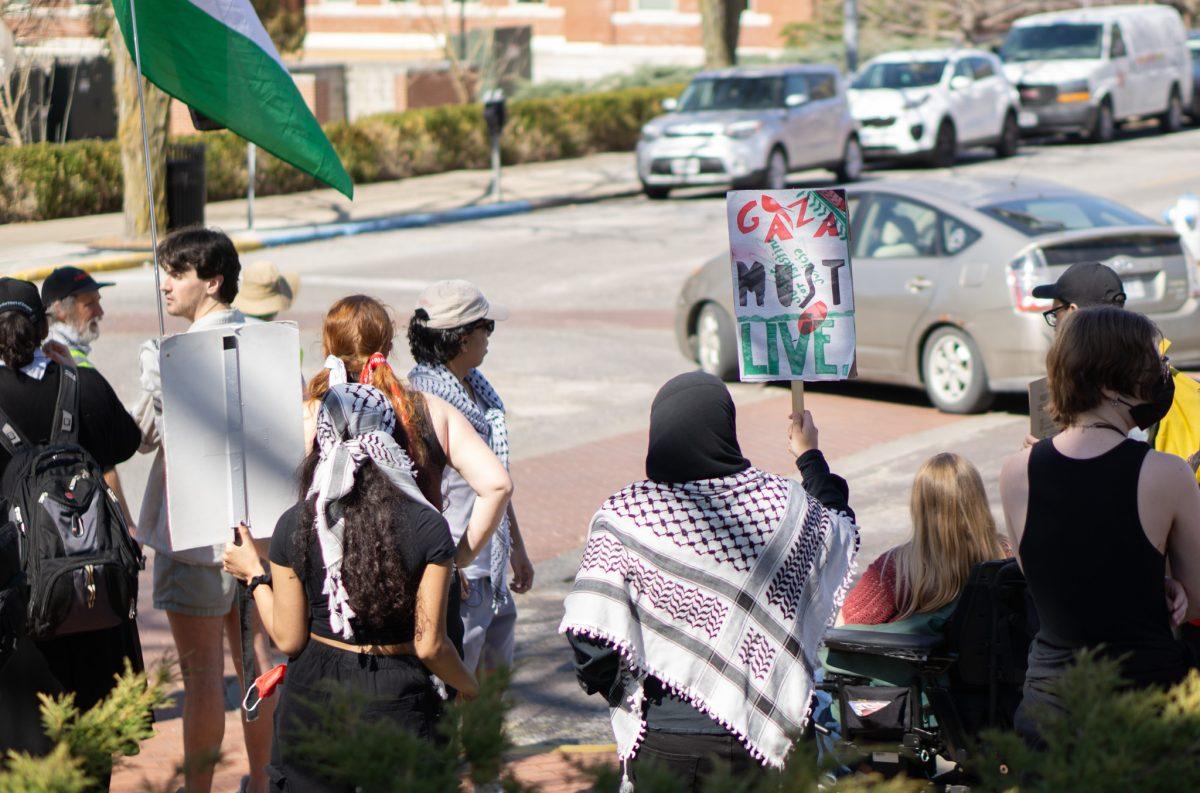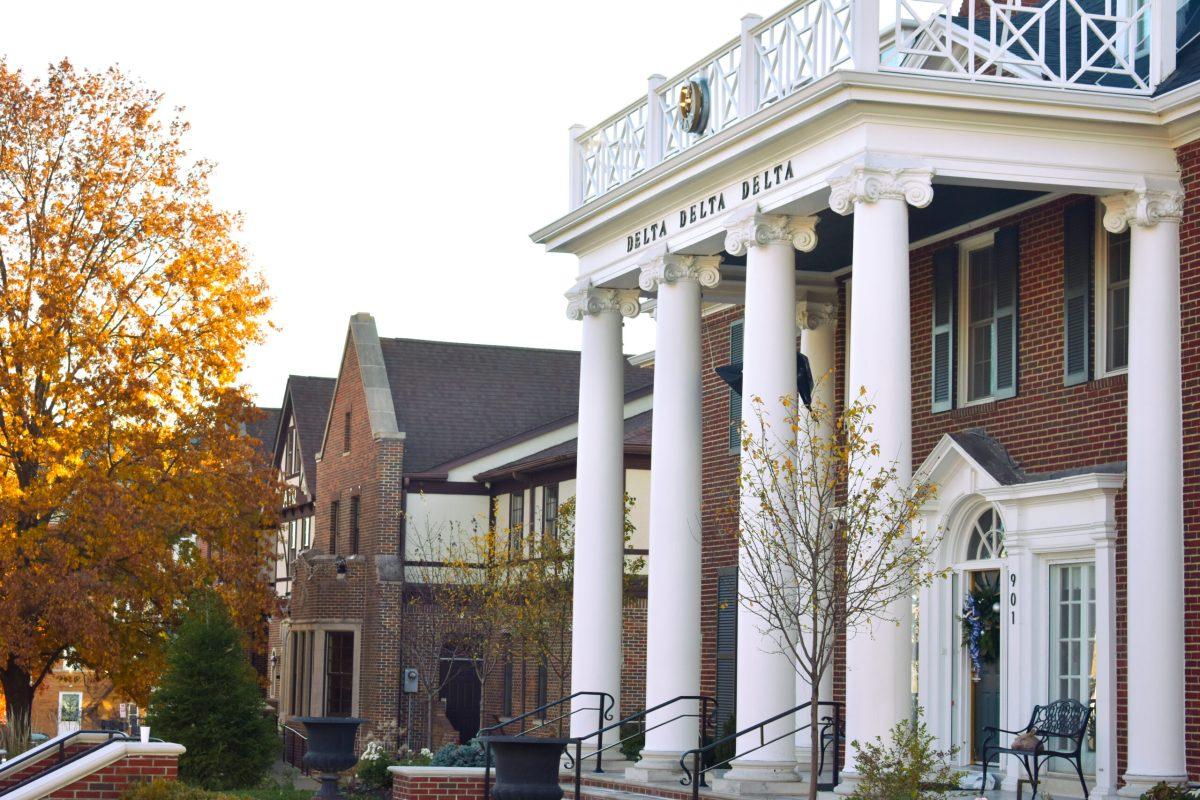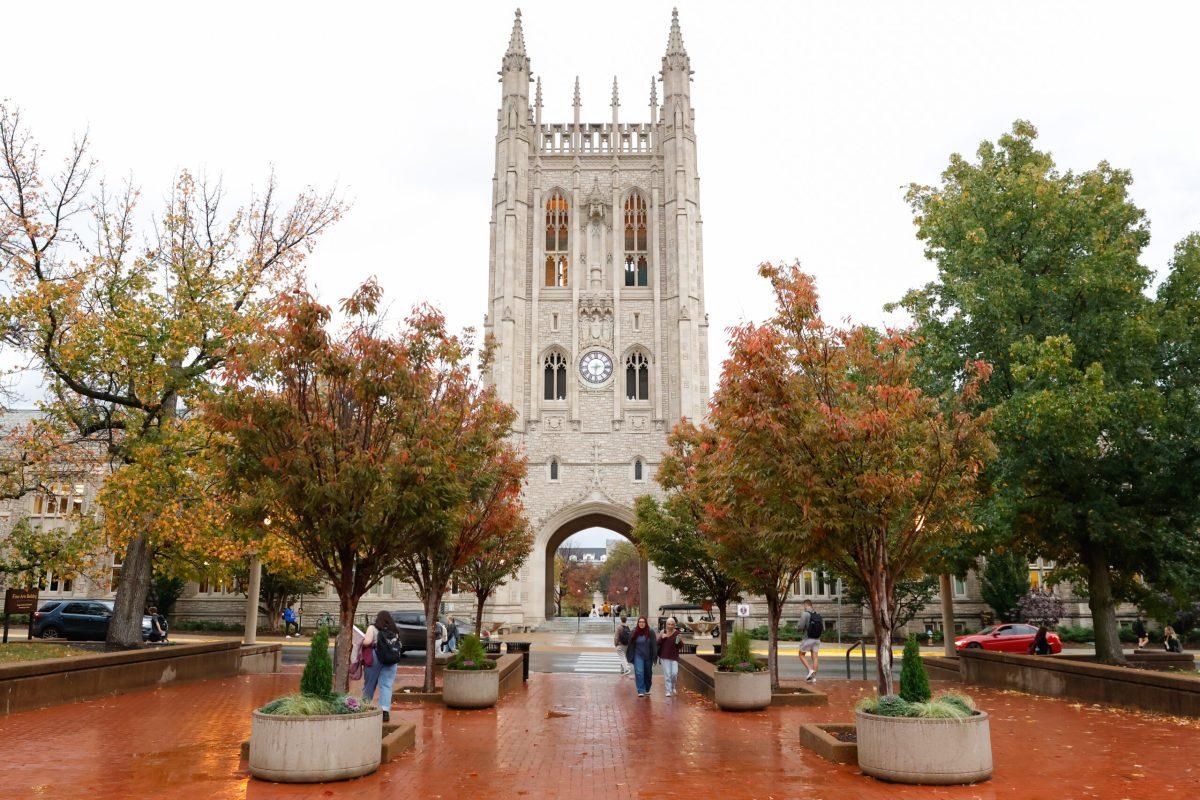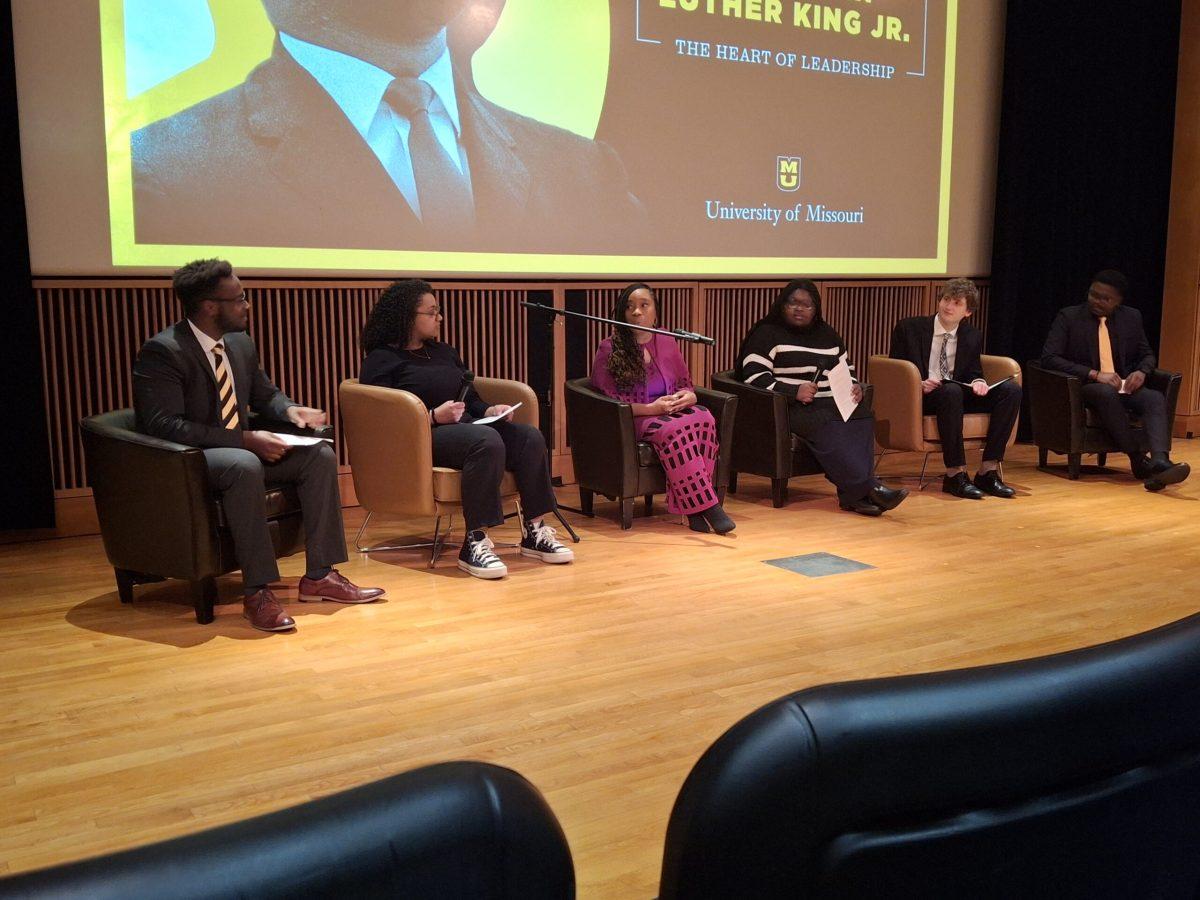Honored speakers and guests gathered Tuesday, Oct. 19 to celebrate the opening of the Roy Blunt NextGen Precision Health Building and its potential for breakthrough research and personalized medicine.
NextGen strives to make precision health solutions, according to its website. They will partner with government agencies and unite the University of Missouri System’s four public research universities to personalize medicine, eliminate health care disparities and transform community health. The NextGen building has areas for research and innovation, all containing brand new equipment.
The building, named after U.S. Sen. Roy Blunt, R-Missouri, contains the most powerful MRI scanner in Missouri, the Terra 7 Tesla MRI scanner. A 7T MRI scanner is an advanced imaging software that is about double the strength of an average MRI scanner, and the Terra 7 Tesla is the first 7T MRI scanner designed for diagnostic imaging.
UM System President and MU Chancellor Mun Choi stood in front of the new building’s 265,000-square-foot stature as he began his speech. He opened by reflecting on the “devastating” fire at Academic Hall in 1892, and the opening of Jesse Hall that came three years after.
“The message was clear: Mizzou … will rebuild,” Choi said. “Not only rebuild, but become a stronger research university.”
Richard J. Barohn, executive vice chancellor of health affairs, introduced Blunt. He said that Blunt has supported higher education and has been a “champion” for health research in his more than 30 years of serving Missouri.
Barohn said that naming the building in Blunt’s honor “cements his legacy” as someone who has “profoundly changed lives” in Missouri.
Blunt said he was grateful to be associated with the NextGen facility, and added that it will make a difference at MU and beyond.
“Things will happen here that will impact people all over the world,” Blunt said.
Also speaking was Director of the National Institutes of Health, Dr. Francis Collins. He said the facility would be “absolutely catalytic” for scientific discoveries in precision health because ”we’re all different.”
Precision medicine aims to individualize healthcare based on each person’s unique genetics and lifestyle. Precision health includes precision medicine, but also helps individuals with disease prevention and health promotion activities like proper nutrition and exercise.
“I’m glad to see it’s called precision health instead of precision medicine, because precision health means we’re also trying to keep people healthy,” Collins said. “It’s not just about treating disease, it’s about how you keep people from getting disease in the first place.”
Latha Ramchand, University provost and executive vice chancellor for academic affairs said NextGen research will expand beyond just research in a lab. The medical researchers at the facility will collaborate with other academic sectors at MU.
“[Our vision for this building] is about telling the story of science in a way that we can all relate to through the work that is done by the Mizzou J-school,” Ramchand said. “It is also about helping resolve some of the health disparities in our community through the work that is done … by our faculty in the schools of Social Work Health Professions.”
Lieutenant Governor Mike Kehoe stressed the benefits the facility will provide to the people of Missouri, and said that the return on the investment in the facility would be “amazing.”
“The real return on investment [in this building] is not the money — it’s about Missourians,” Kehoe said. “It’s about what this facility will offer that they never ever have had access to. It’s not only urban health, it’s rural health. It’s people that need access to help.”
The speakers were united in their optimism for the impact of the facility. Kehoe said that the lives of future citizens, some of which have rare conditions, “stand on [the] shoulders” of the NextGen facility.
“This building represents hope,” Kehoe said.
Edited by Emmet Jamieson | [email protected]


